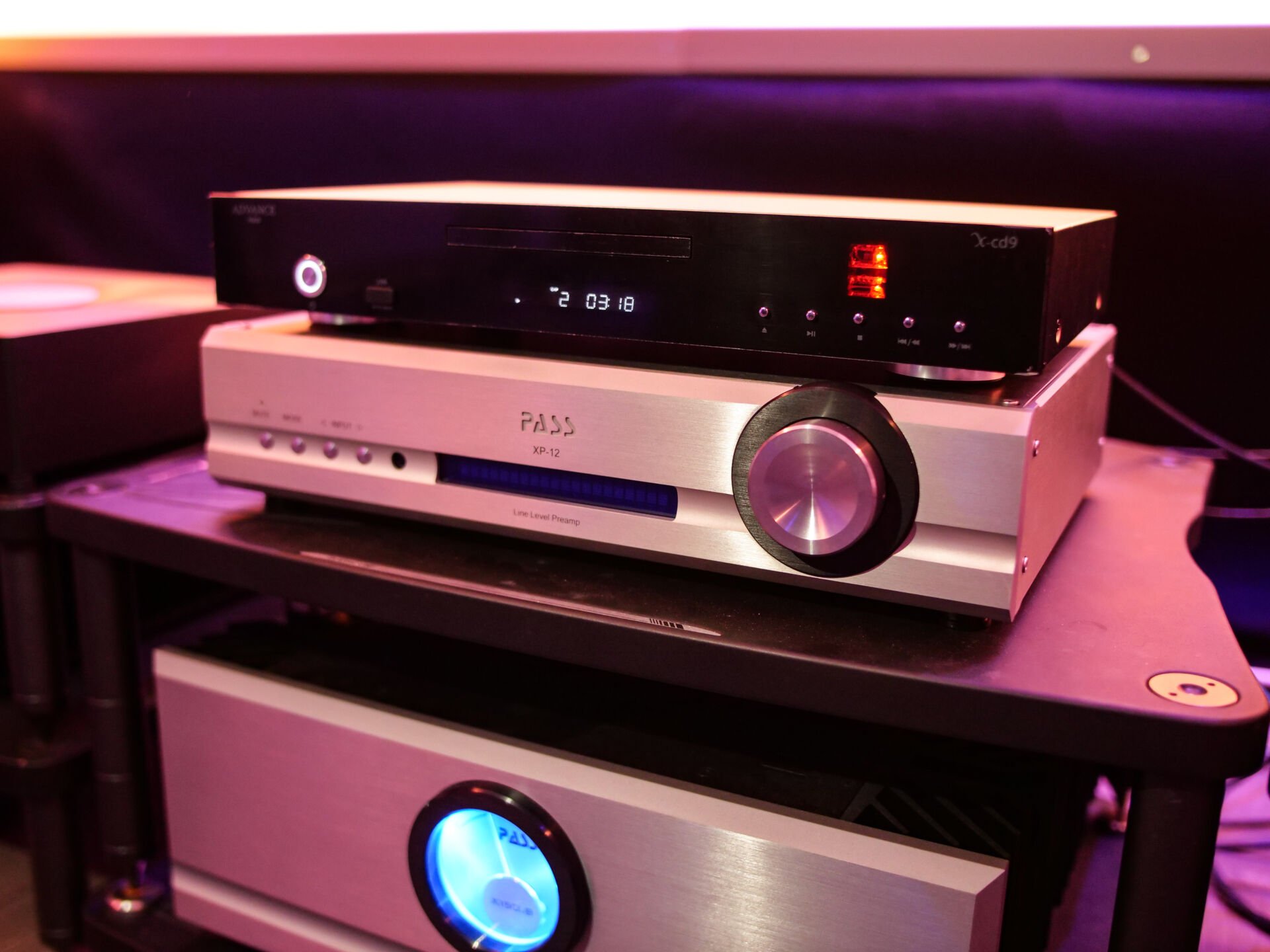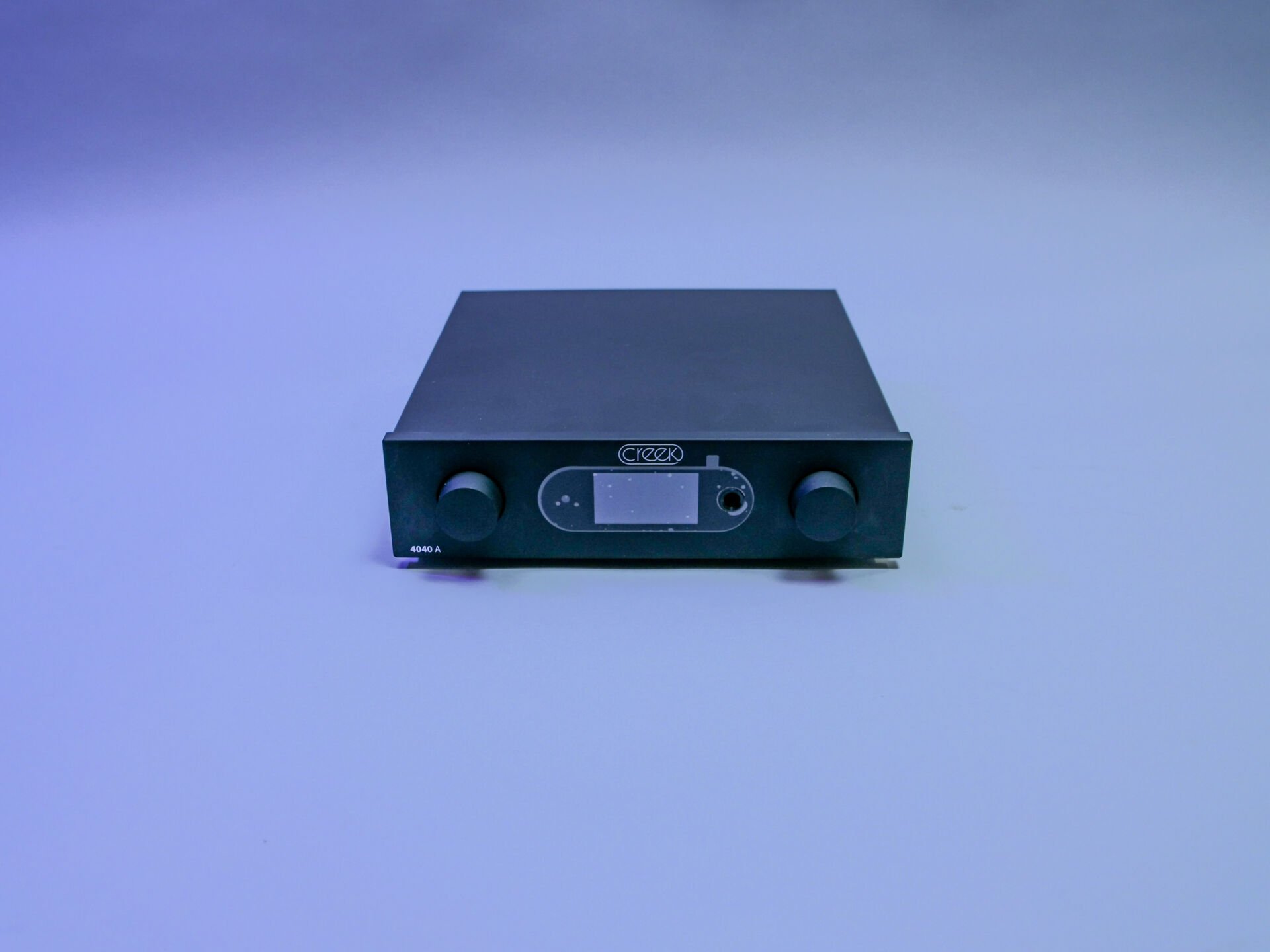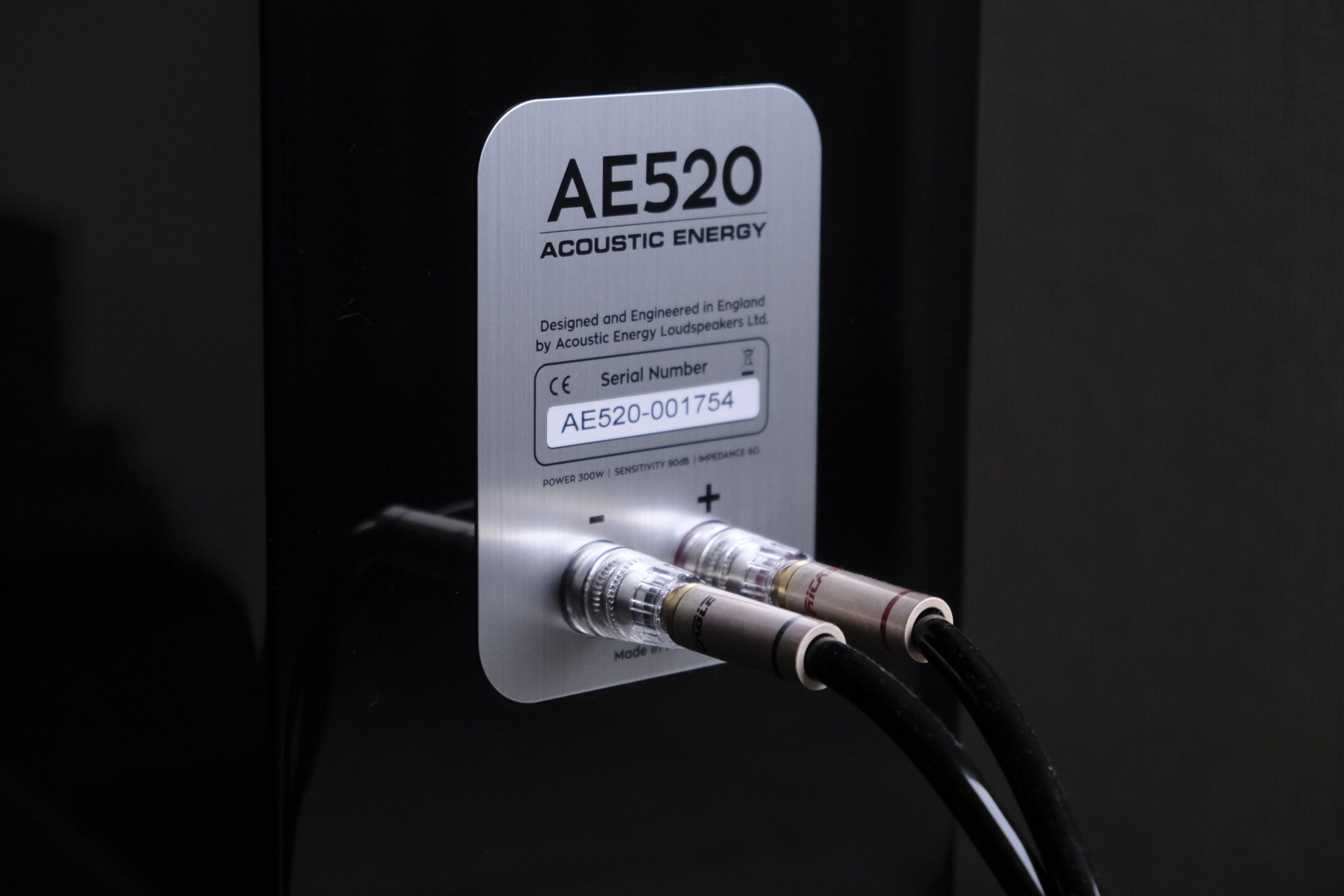

Intro
Contents
In February 2017, your author endorsed a Kickstarter project: the record player Wheel, conceived and created by the Dutch company Miniot. We shared our experiences in editorials, visited the company and made an on-site video late 2021. Exactly six years after engaging in the Kickstarter project, we received the Wheel 2 at home. We have played the Wheel for a while in the Alpha studio and at home. Time for a review!
We won’t write too much about the agony designer and initiator Peter Kolckmann and his “backers” have faced. Conceiving a brilliant idea, materializing it into a prototype, creating attractive product videos and setting up an irresistible global online campaign turned out to be quire different from putting a record player into production and engaging with the backers and clients. Since the campaign started, in 2017, over 700 people worldwide that paid € 600 euros or more waited patiently and more and more angrily for their long aspired Wheel.
It took until 2023 for the Wheels to be delivered. Not the original that was subscribed and paid for, but the Wheel 2, an almost completely modified and rationalized model suitable for larger production numbers. In every way, the team underestimated what it takes to build an electronic audio device. That also reflects in the price which is now € 2.000 instead of the € 650 by the time of the Kickstarter project. The stamina of Kolckmann and his team is admirable. We nailed it, he said in an interview with Alpha-Audio. And he did.
Magic
The Wheel in operation looks magical. By hand (or a button) we set the record in motion. Invisibly, the cartridge is transported to the groove of the record and it plays. We can place the Wheel flat or vertically. Put it on a stand or attach it to the wall. A magnetic puck keeps the record in place. The only thing we see rotating is the record.
As a dust cover, Miniot provides a transparent LP with 3 tracks on it. This allows us to see how the needle slides from the center of the player to the edge and how it moves into the groove.
Operation is done with a jog wheel on the top. An LED strip indicates where the needle is located. Pressing the jog wheel sets volume; the LED strip shows the output volume. We can select a next track and scroll back and forth. We can also use it to control the volume. It all works very intuitively, especially when the Wheel is upright.
On the back/bottom we see a 3.5mm stereo audio output and a USB-C input for power. Miniot provides a long cable and 5V power supply with it. Those two are the only connections.
Wheel 2
The Wheel turntable is slightly larger than a record. The tone arm and cartridge probe the record from below, following a tangential (linear) system. In most turntables, the tone arm is positioned to the right and the tone arm rotates with the groove from a pivot point. In a tangential system, the tone arm moves in a straight line across the record. The element is always straight on the groove, just as the record is cut. The advantage is that no complex weights and counterweights are needed to keep the element centered in the groove. However, a tangential system has other complexities such as the method of attaching the element and guiding it across the record. After all, a tonearm rotating from 1 point can move with the groove from that pivot point. In a linear system, the needle moves over a straight guide and it must be propelled by a motor and follow the groove in a certain way.
Your author has seen a very exclusive turntable where the cartridge moves along a rod with a column of air providing minimal resistance. There is even a tonearm brand that specializes in systems with air bearings. Complex and pricey.
The drive and correct position of the needle of the Wheel is sensor-controlled by self-developed system with 3 motors. Miniot claims that with this the needle always has the ideal position in the groove, even if the record is not quite cut correctly/straight or the surface of the vinyl is bumpy.
Technically, and we mean from a turntable standpoint, the Wheel2 is pretty straightforward. The needle is the Audio Technica N95E, a commonly used needle (MM). The cartridge (in which the needle is attached) is specially made for the Wheel. The needle is replaceable, the cartridge is not. The phono preamp is built-in. It is not possible to connect another, external phono preamp.










